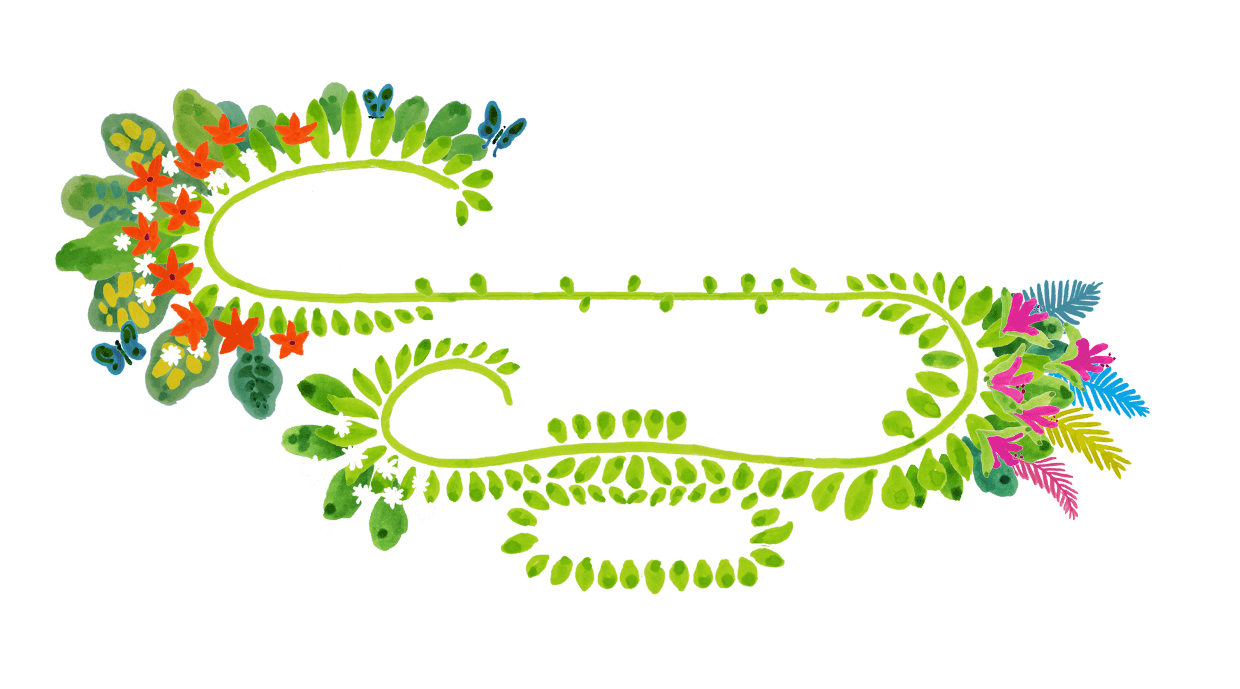
Nkambe, Cameroon
Nkambe River Revival Forest
Bringing communities together to revive water catchments
The Nkambe River Revival Forest is an ambitious project with a tripartite aim:
1) to restore degraded forest ecosystems and bring back biodiversity; 2) improve access to potable water in an area where water bodies are drying up due to decades of poor land management; and 3) to create the infrastructure around these activities, which in turn will generate and sustain jobs for local people.
The project will begin in the town of Nkambe in Northwest Cameroon, where 36 hectares of land around rivers and waterways will be rewilded. Over 1,000,000 saplings will be planted as part of this initiative.
The aim is for this pilot to mobilise communities across the region and in so doing, secure the environmental and economic futures of local people. Over the long term, up to 10,000 hectares of land could be managed based on this model across Northwest Cameroon.
A network of community nurseries will be established across Nkambe that will supply native saplings directly to the plantings as they take place. The nurseries will also employ local people, providing them with training and an income so that they become integrated into the supply chain as land restoration interventions across the region grow and multiply.
Forest Maker Limbi Blessing Tata
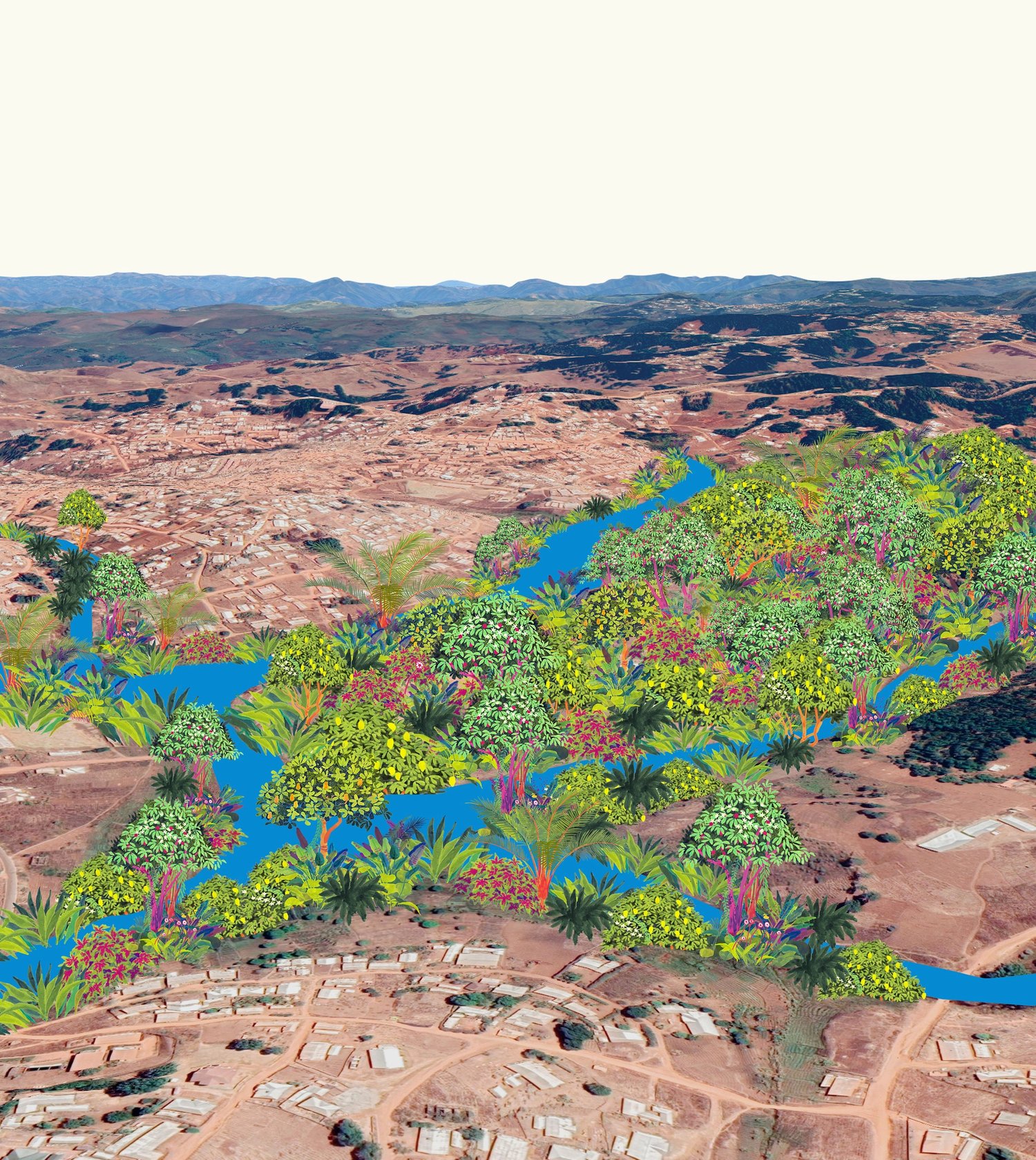
1,080,000
TREES
36
HECTARES
10
NATIVE SPECIES
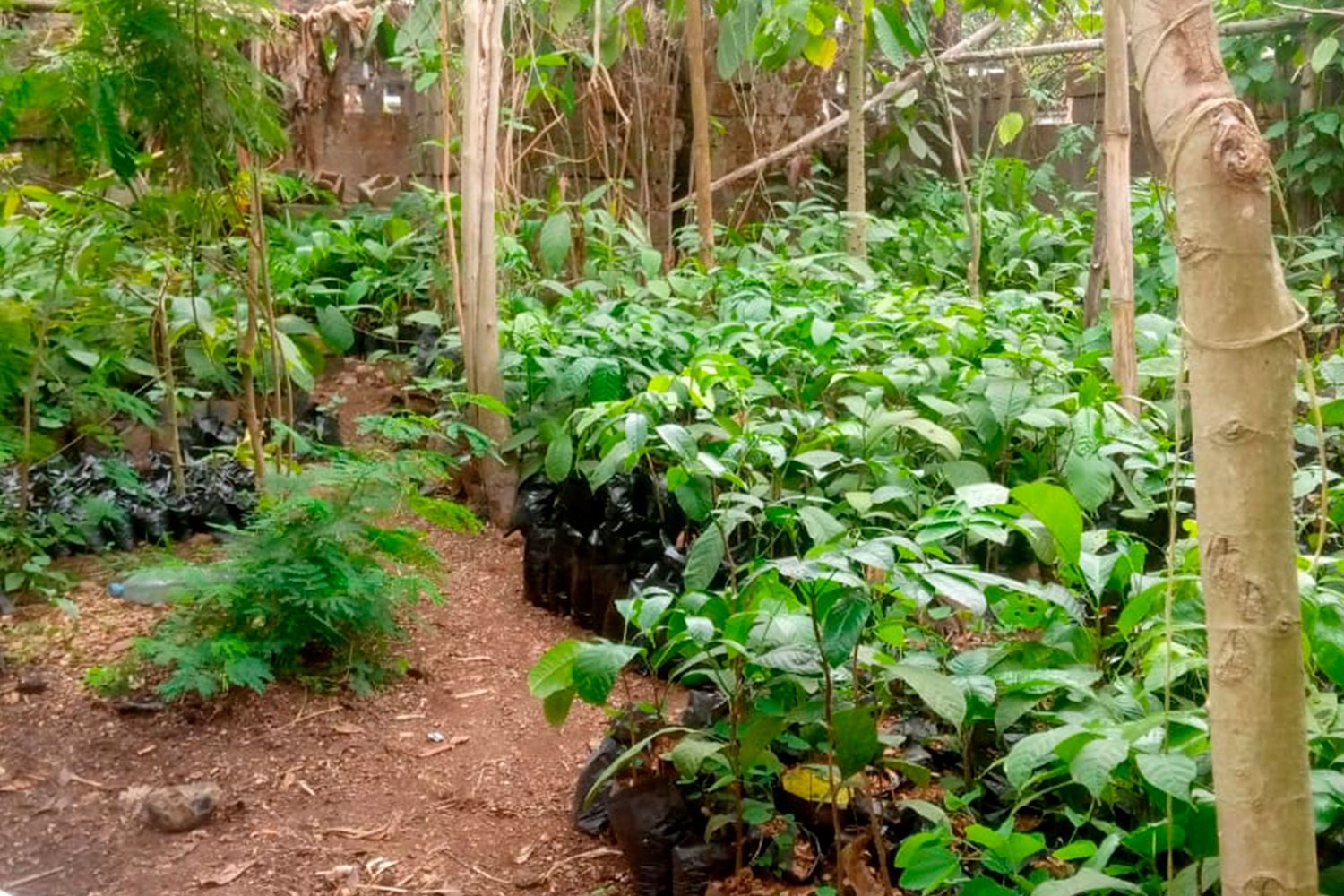
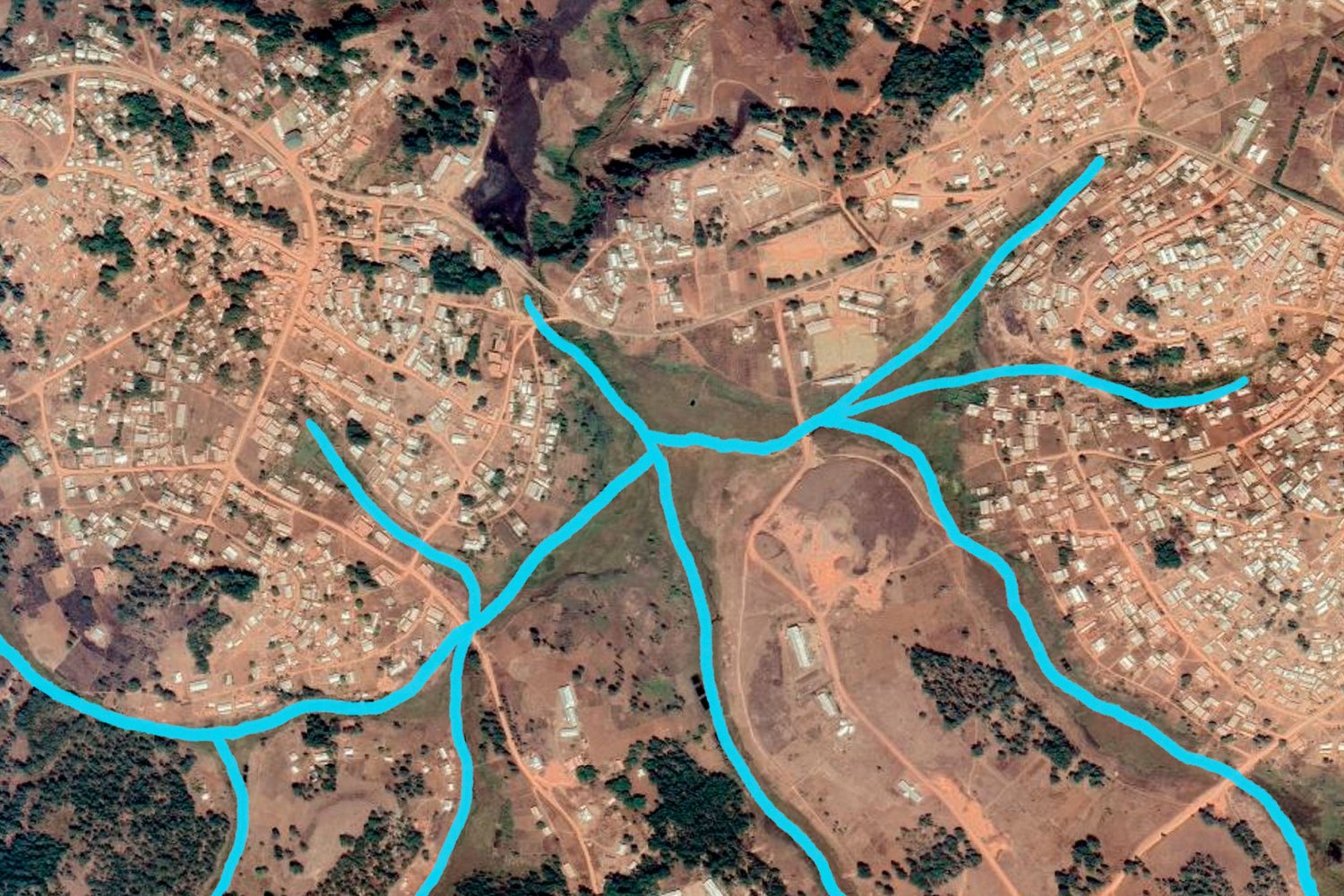
“It is common in our community for each household to walk an average of 2km to get water. The two main rivers running through the main town dry up completely in the dry season.”
— Limbi Blessing Tata, SUGi Forest Maker
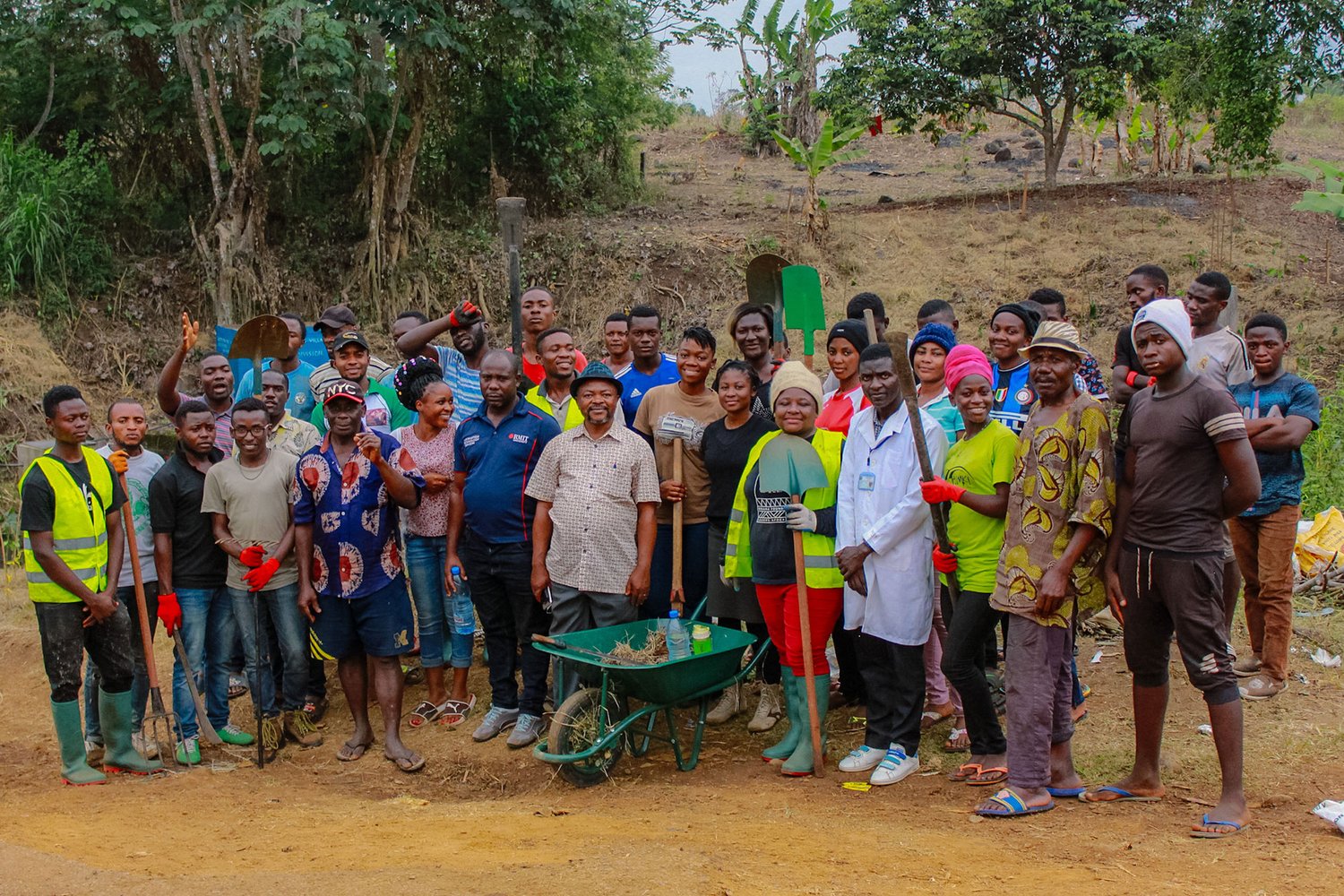
Expected Outcomes
- Creation of 35 local nurseries
- Full-time employment and training for 245 local people created
- Learning-by-doing training of 50 women per year; in the production of non-timber forest commodities (e.g., castor oil production & honey harvesting)
- 1,080,000 tree and bush saplings planted across 36 hectares of land
- At least 250 local volunteers recruited to undertake reforestation, afforestation & monitoring activities
- Improved access to potable and agricultural water supply
- Innovative waste, agricultural, and land management practices demonstrated
- Environmental education and outreach on sustainable forest management and biodiversity conservation
A History of Poor Land Management
Nkambe is a town in the north-west of Cameroon that faces numerous environmental problems - with water shortages being the most glaring. This has been blamed on the many eucalyptus trees (the ‘thirsty’ tree) that were planted around catchments and along river courses in the 1980s. Eucalyptus trees grew very fast (especially so when planted near water bodies) and their timber became a highly sought-after resource: the national electricity corporation used it for electric poles nationwide and it was exported to other countries within the Central African Subregion. Consequently, local people cut down native forests, especially near water bodies and replaced them with these ‘thirsty’ trees.
By the late 1990s, it was understood that replacing native flora with eucalyptus was a serious mistake; water bodies had dried up and access to water was made immensely difficult. In reaction to this, eucalyptus trees around water bodies were cut down. However, they were not replaced - leaving valleys bare and with highly degraded soils.
More than 92% of water bodies are now parched during the dry season, including the two main waterways in Nkambe. The situation is critical as families are forced to travel long distances everyday to collect water and it is common to see children digging for water.
Nkambe is located in an afrotropical highland region that is critical for several species of bird, including:
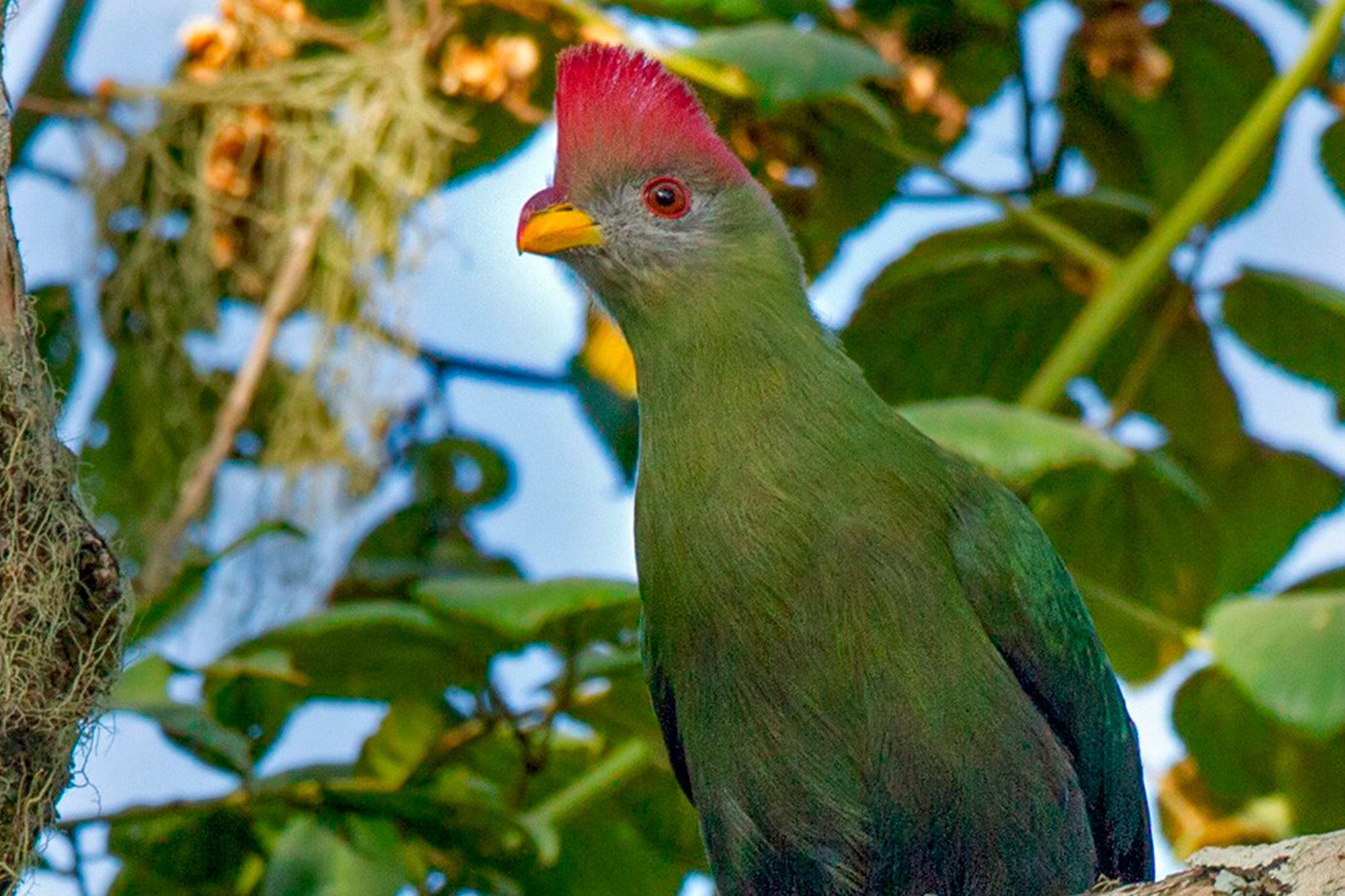
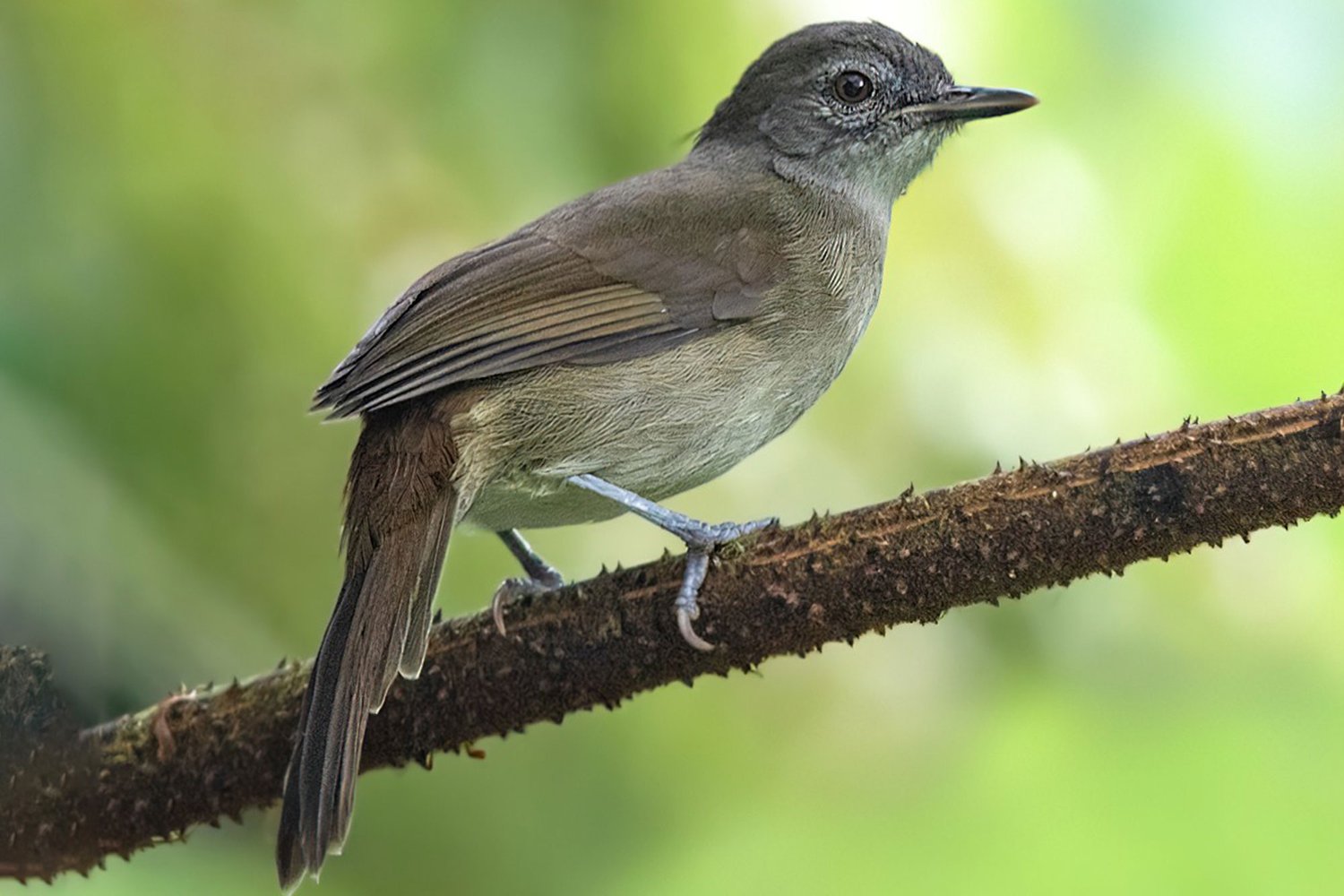
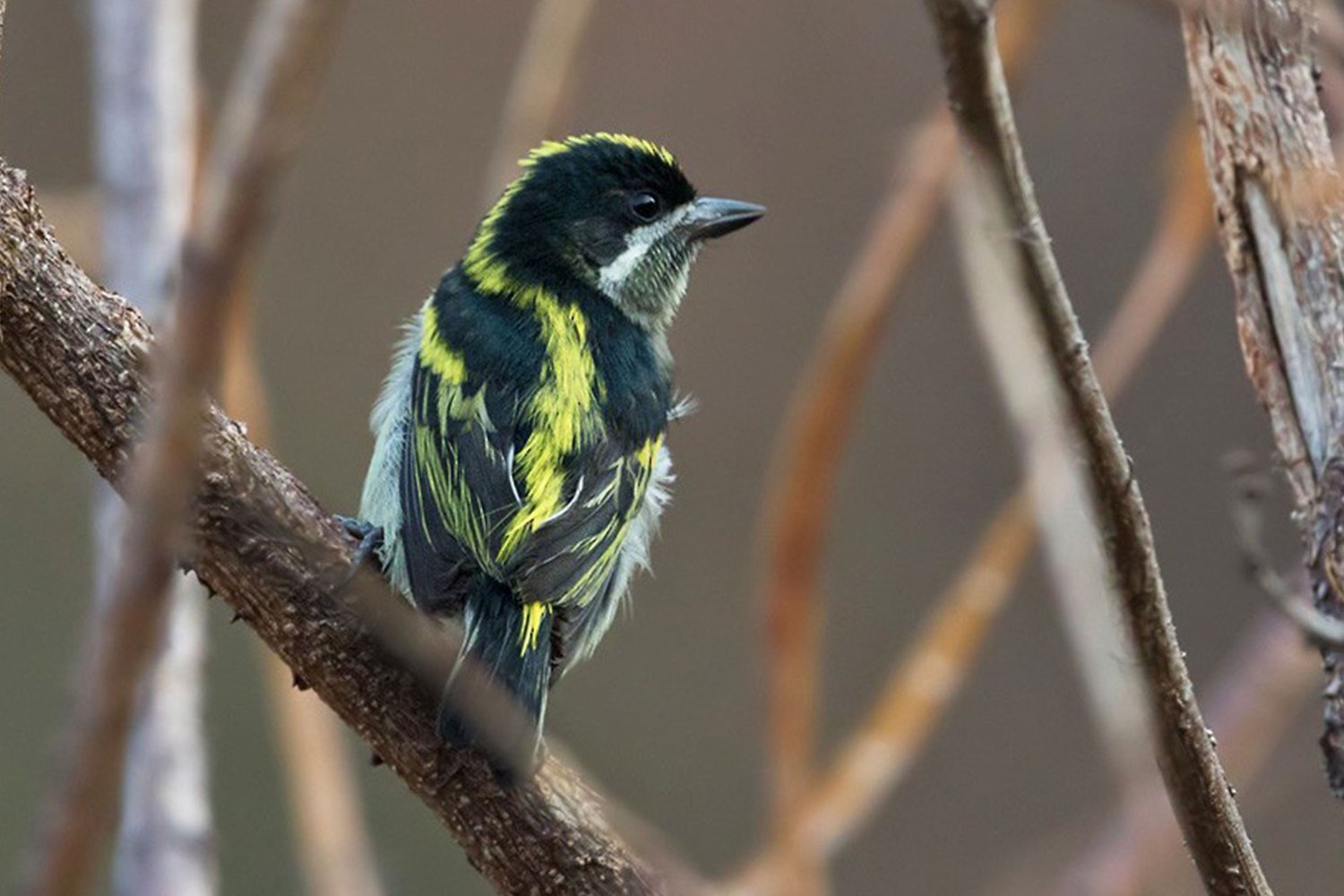
Discover more SUGi Projects

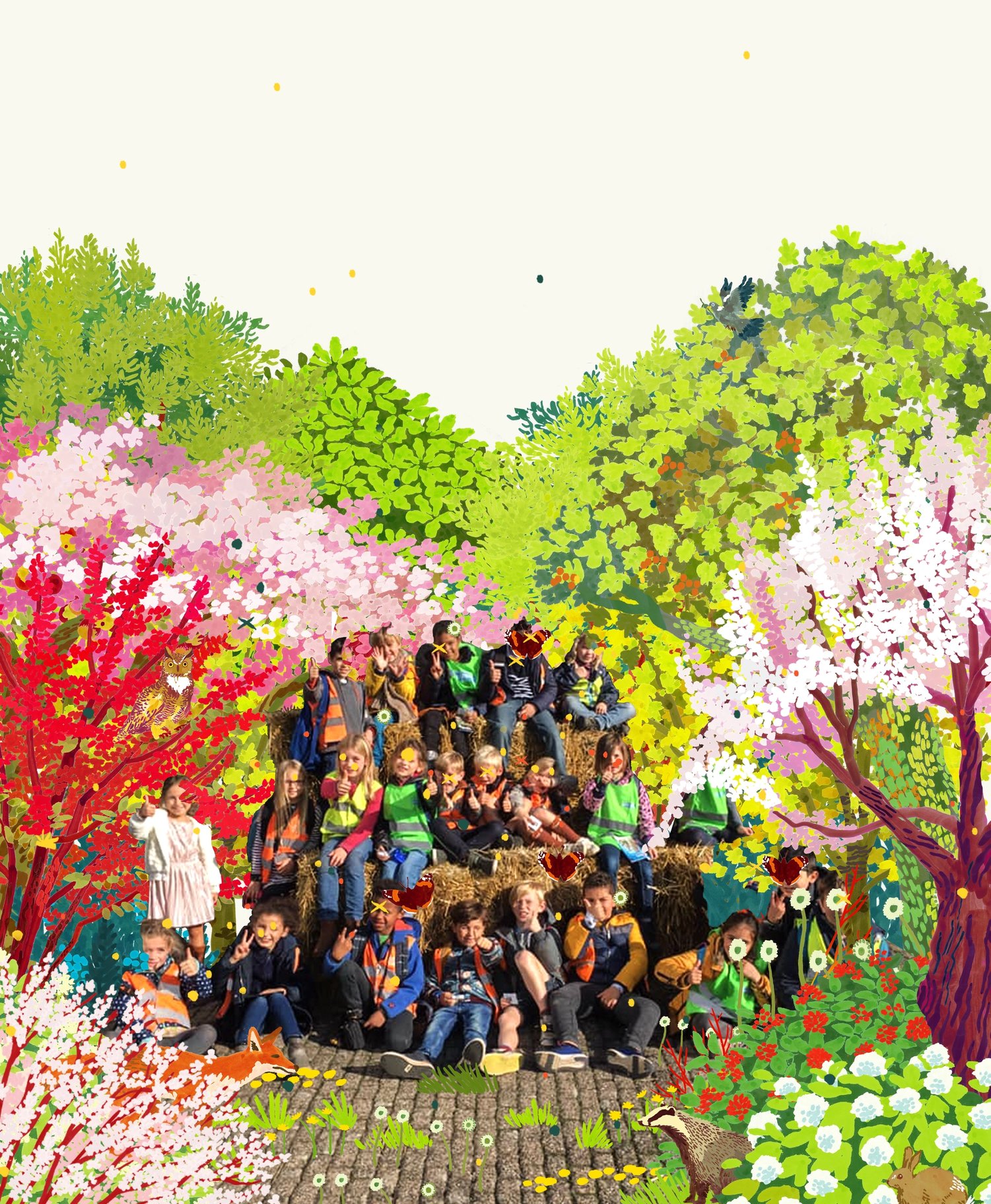
De Ark
A forest learning center in Sint-Niklaas


Langalibalele Forest
Cultivating a green oasis for community wellness and education.

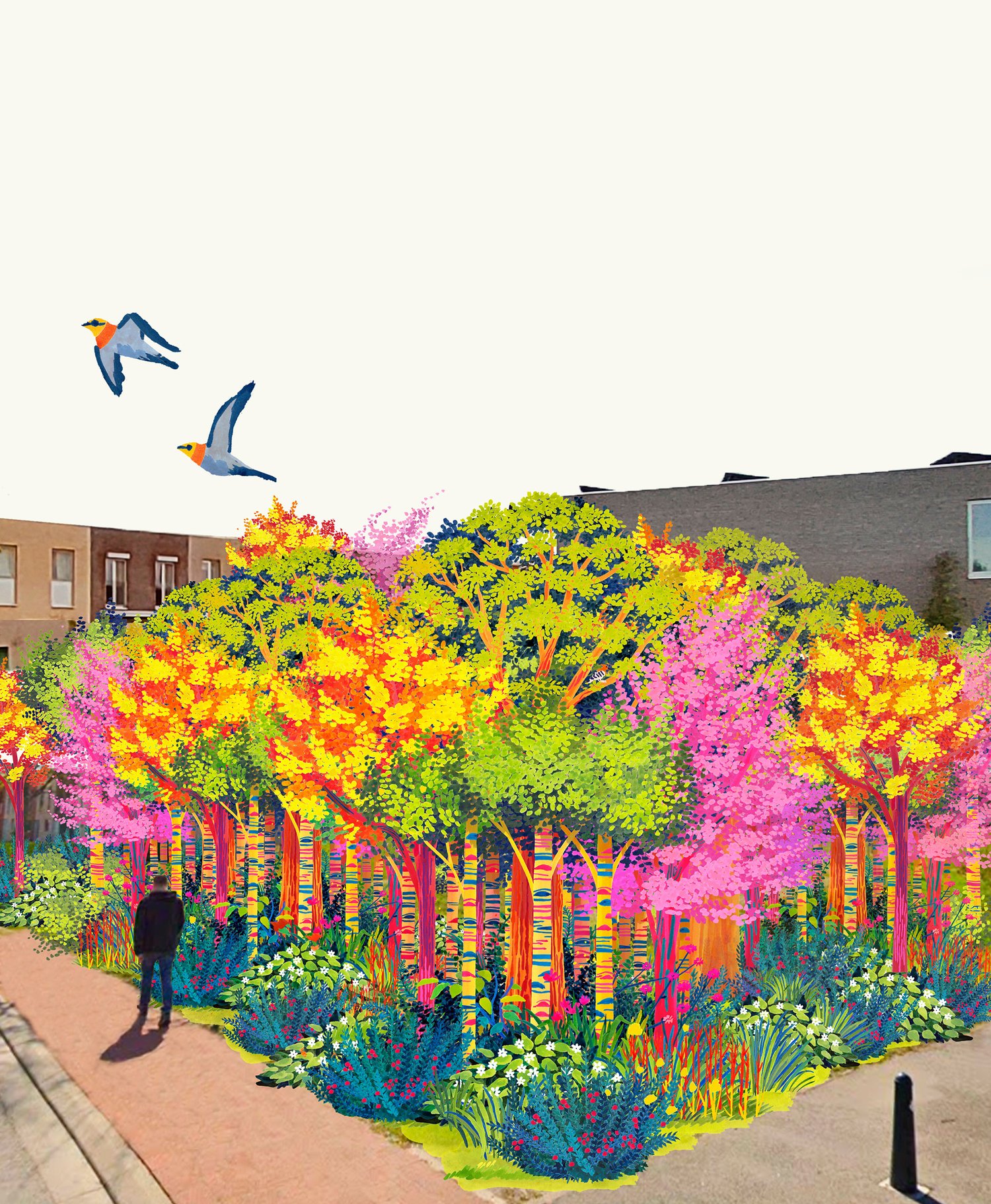
Papenhof Forest
Nature-based therapy at the heart of a city

